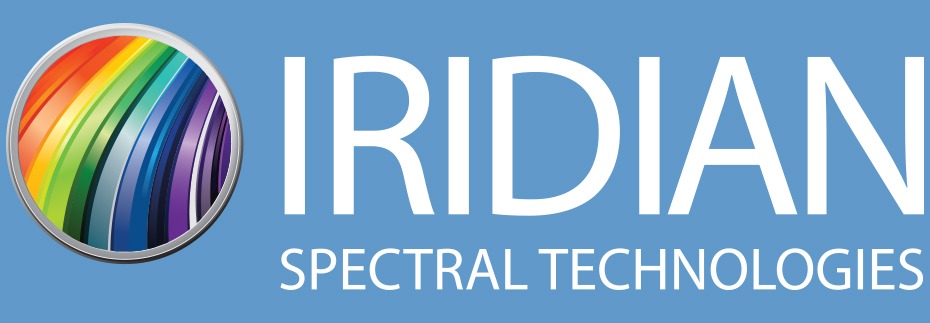Raman spectroscopy is a key technique in the profiling and quality control of pharmecuticals.1-3 As every chemical compound has a unique spectral ‘fingerprint’, Raman spectroscopy can be used to perform qualitative and quantitative analysis of both liquid and solid formulations.
As well as being used for quality control of the final pharmaceutical products, Raman spectroscopy is also a useful tool in process monitoring and drug design and development.4 Raman spectroscopy is non-destructive and the short measurement times and minimal need for sample preparation can make it a highly efficient analytical tool for drug identification.
There are now a series of international testing and calibration standards governing the use of Raman spectroscopy in the pharmaceutical industry2 but one important aspect of making a good quality Raman measurement is a consideration of the optical filters to be used in the experiment.
Raman Scattering
The most common way of performing Raman measurements is to use a high-intensity laser source and measure the resulting scattered radiation using a light-sensitive detector.
In Raman, the Stokes and anti-Stokes scattering is normally the signal of interest. The Stokes and anti-Stokes scattering are photons that are emitted from the sample at longer or shorter wavelengths than the excitation source respectively.
A third type of scattering process is also present in a Raman experiment – Rayleigh scattering. Rayleigh scattering is an elastic scattering process, so the emitted photons are at the same wavelength as the incident excitation source. Rayleigh scattering is often significantly more intense than the other scattering processes which can obscure the signals of interest.
Another issue, particularly when performing Raman at shorter excitation wavelengths, can be the contribution of fluorescence signals, which can cause large, broad background signals.
Generally, most detectors have optimal signal level ranges where they have a linear response and are not saturated. Using optical filters in Raman spectroscopy is one way of suppressing unwanted signal channels and ensuring optimal measurement conditions.
Filter Types
Different filter types are optimal for blocking the signals arising from different processes. For example, notch filters work very well at suppressing Rayleigh scattering. To suppress Rayleigh scattering without affecting the Stokes scattering Raman signatures, a narrowband notch filter with a central wavelength matched to the excitation source is ideal. A high blocking efficiency can also help avoid detector saturation with very bright excitation sources.
Edge pass filters are popular in Raman spectroscopy as they can be used to block or transmit signals above a certain wavelength. Often in Raman spectroscopy it is common to only detect the more intense Stokes scattering, so all the other scattered radiation can be blocked. Edge pass filters are characterized by being either shortpass filters (SPF) or longpass filters (LPF) as to whether they transmit wavelengths shorter or longer than the filter cut-off point.
Dichroic filters are a useful way of reflecting certain wavelength ranges while transmitting another. Often dichroic are used to ‘clean up’ a spectrum from contamination from the excitation source and can help improve the signal-to-noise ratio.
Filter Properties
Iridian Spectral Technologies are experts in standard and custom Raman filter solutions to ensure you can always find the exact solution for your challenge. When choosing filter types, there are a number of properties to consider, including the operating angle of incidence (AOI), the laser beam size, and any constraints introduced by the experiment operating conditions e.g. is there likely to be moisture ingress or large temperature fluctuations.
The beam size will determine the filter dimensions, and choosing the right AOI for each optical component is important as most filters only have optimal performance at a particular AOI.
Passband or blocking wavelengths and ranges are important to ensure complete suppression of certain signal windows. Some filters also have a ripple spec, which is the allowed transmittance variation over the passband value. For Raman experiments that make use of broadband light, this may be an important consideration.
Drug identification applications specifically can make use of a combination of a single dichroic filter with edge pass filters. The dichroic filters help improve the signal-to-noise and the edge filters block any unwanted signal ranges.
Conclusions
Contact us today to find out how our high quality filters can improve your Raman acquisition time, spectral quality, and ensure you can be compliant with the highest measurement standards for pharmaceutical Raman measurements.
References and Further Reading
- Shah, K. C., Shah, M. B., Solanki, S. J., Makwana, V. D., Sureja, D. K., Gajjar, A. K., Bodiwala, K. B., & Dhameliya, T. M. (2023). Recent advancements and applications of Raman spectroscopy in pharmaceutical analysis. Journal of Molecular Structure, 1278, 134914. https://doi.org/https://doi.org/10.1016/j.molstruc.2023.134914
- Ntziouni, A., Thomson, J., Xiarchos, I., Li, X., Bañares, M. A., Charitidis, C., Portela, R., & Diz, E. L. (2022). Review of Existing Standards, Guides, and Practices for Raman Spectroscopy. Appl. Spectrosc., 76(7), 747–772. https://doi.org/10.1364/AS.76.000747
- Izo, J., Jesus, S. De, Löbenberg, R., & Bou-chacra, N. A. (2020). Raman Spectroscopy for Quantitative Analysis in the Pharmaceutical Industry. J. Pharm. Pharm. Sci., 23, 24–46. https://doi.org/10.1016/j.molstruc.2023.134914
- Esmonde-White, K. A., Cuellar, M., Uerpmann, C., Lenain, B., & Lewis, I. R. (2017). Raman spectroscopy as a process analytical technology for pharmaceutical manufacturing and bioprocessing. Analytical and Bioanalytical Chemistry, 409(3), 637–649. https://doi.org/10.1007/s00216-016-9824-1
